(UN) FORBIDDEN CITY
Date: January 25th – March 4th, 2012 – Opening January 24th 2012
Location: MACRO – Piazza Orazio Giustiniani 4 – 00153 Roma
Curators: Gao Brothers – Dominique Lora – Simona Rossi
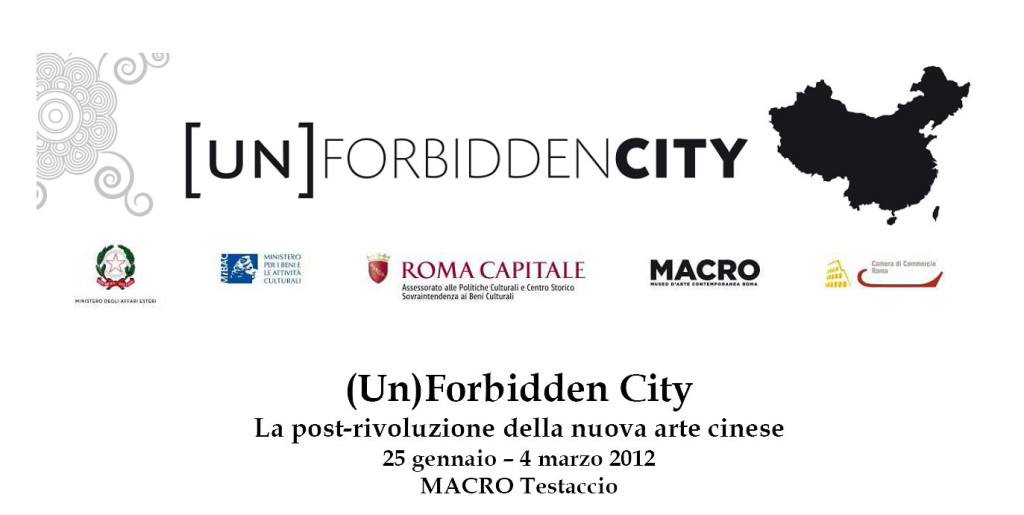 The exhibition the (Un)Forbidden City, presented by Gao Zhen e Gao Qiang, alias the Gao Brothers, and curated by Simona Rossi and Dominique Lora, is a project aimed at representing an insight of the new tendencies of Chinese contemporary art scene. The context will be a series of cultural events dedicated to China and the countries that are considered as part of the Silk Way, including South East Asia and India. The events are promoted by the museums of Rome and are scheduled to open in october 2011 at the Rome Contemporary Art Museum MACRO. The choice to involve the Gao Brothers, (two artists internationally recognized for their social and cultural commitment as both artists and curators) in the artists’ selection process, was born from the desire to provide a common stage for groundbreaking chinese art as a site for debate and a creative journey for the artists, meant to be transnational and designed to map a reality that international art critic Achille Bonito Oliva would define as Glocal.
The exhibition the (Un)Forbidden City, presented by Gao Zhen e Gao Qiang, alias the Gao Brothers, and curated by Simona Rossi and Dominique Lora, is a project aimed at representing an insight of the new tendencies of Chinese contemporary art scene. The context will be a series of cultural events dedicated to China and the countries that are considered as part of the Silk Way, including South East Asia and India. The events are promoted by the museums of Rome and are scheduled to open in october 2011 at the Rome Contemporary Art Museum MACRO. The choice to involve the Gao Brothers, (two artists internationally recognized for their social and cultural commitment as both artists and curators) in the artists’ selection process, was born from the desire to provide a common stage for groundbreaking chinese art as a site for debate and a creative journey for the artists, meant to be transnational and designed to map a reality that international art critic Achille Bonito Oliva would define as Glocal.
The artists selected are all characterised by a generational matrix bound to the underground culture. They all present aesthetic codes and formal expressions that galvanize new media and popular culture into the construction of a novel identity. Their artistic experiments, hybrid and disrupting, include photography, painting, installations, performances and video art.
Among the artists, the Gao Brothers are internationally recognized for their artistic and multimedia experiments based on the analysis of the spiritual crisis affecting the individual and more generally the human condition. Their works stage anxieties and fears that characterize our transnational culture, yet lost into the cultural vulgarity of globalization (Yi Ying, World Art Magazine). Wu Wenjian is a painter who dedicated his artistic carreer to the recovery of human memory and spiritual dimension. The works of the selected artists such as Lu Feifei, Chang Lei, Wu XiaoJun, Xinmo Li, Ruijun, Xin Xiaozhen, Gao Shen all epitomize a research both individual and collective, where the tensions and the dynamics of cultural and social develpments mirror the cultural and social paths of modern China, in relation to an abstract and global modernity. Those tensions and dynamics also encompass a research and a dialogue between ethics and aesthetics, applied to the relationship between man and the natural environment. The object is promoting an ecologically and economically sustainable world by exploring issues bound to the impact upon nature, the ethics of responsibility and of consumption. Ultimately, those artists all engage in promoting new life styles, based on the idea of social and environmental awareness, necessary for the future generations (Gilles Deleuze, Luigi D’Elia).
(Un)Forbidden City is a journey within the mechanisms that drive the heterogeneous Chinese world toward economic development, global integration and aesthetic production. The exhibition is an independent project aimed at enlarging, visualizing and transforming our cultural, political and social boundaries.
Together with the Gao Brothers, eight contemporary Chinese artists share the desire to search the identity of the individual, as a unique being who carries the DNA of the future, into the popular mnemonic patrimony of a nation.
Mainly concentrated in Beijing, those artists live and work in a district called “798”, a place inspired by the model of the Bauhaus, where young artists, performers, architects and fashion designers converge and concentrate their efforts and ideas to reshape the meaning, function and economy of art. “798”, is the true (Un)Forbidden City. It is the archive, the chore and the laboratory where the collective memory is preserved, revitalized and re-contextualized.
Much of those artists found difficult to work in their own country and their art was considered as illegitimate, refraining the collectors to purchase their works and forcing most of them to move abroad. Others were imprisoned or censored and prevented to work. The artists present in the exhibition are all characterized by a generational matrix forged in the underground culture of the 20th century, that of the student movements which culminated with the tragedy of the Tienanmen Square’s protest in 1989. Together they experiment with new media that include photography, painting, installations, performances and video art, to re-build a popular culture and generate a new cultural and collective identity.
Dominique Lora
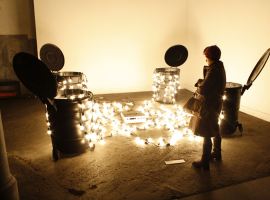
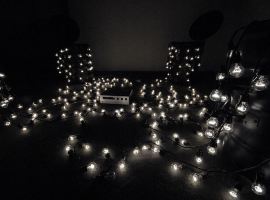
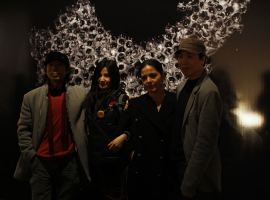
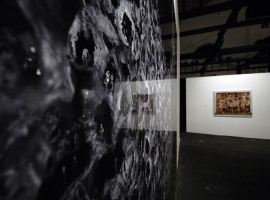
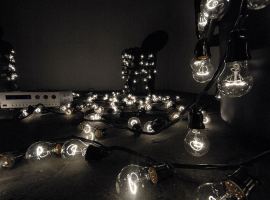
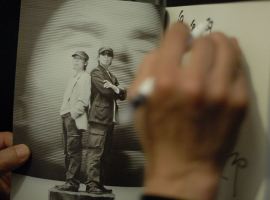
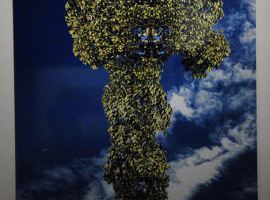
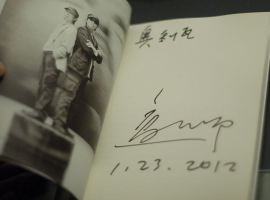
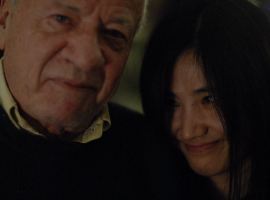
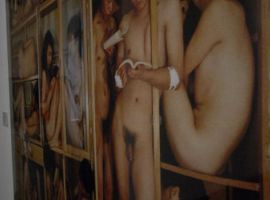
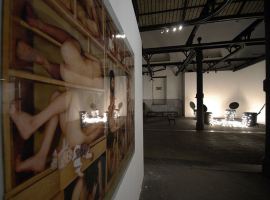
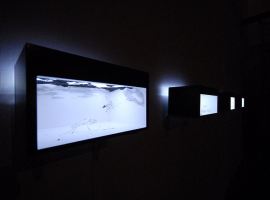
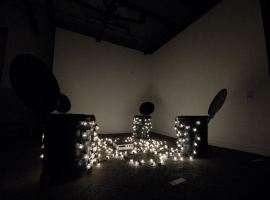
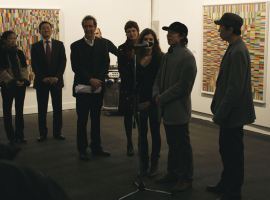
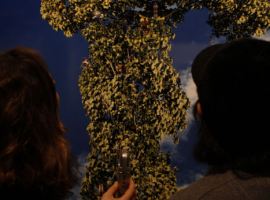
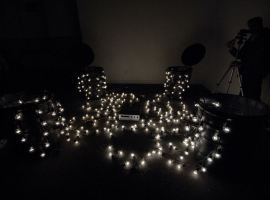
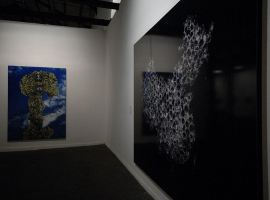
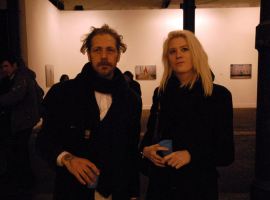
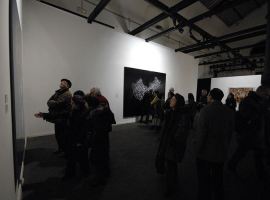
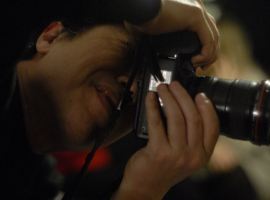
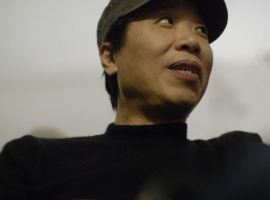
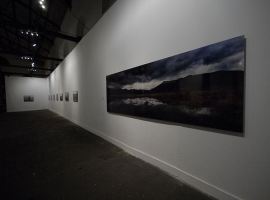
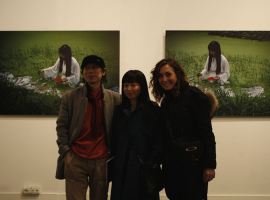
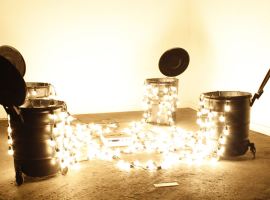
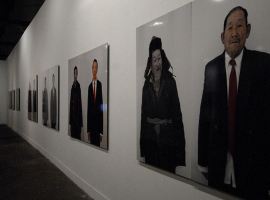
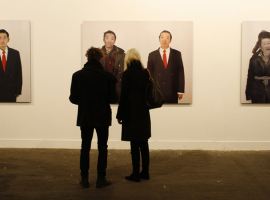
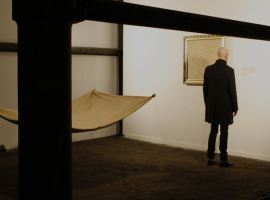
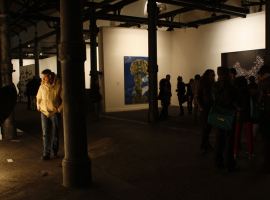
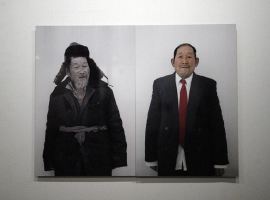
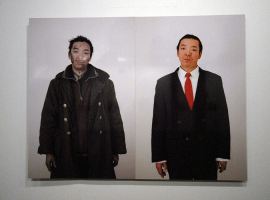
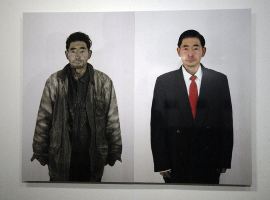
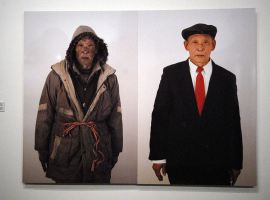
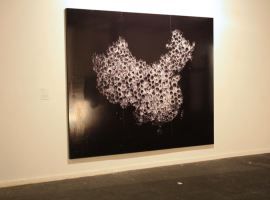
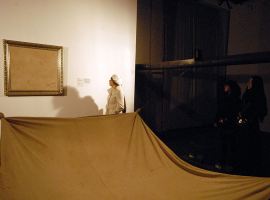
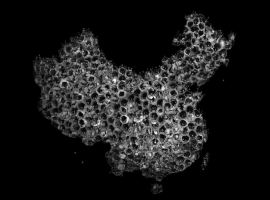
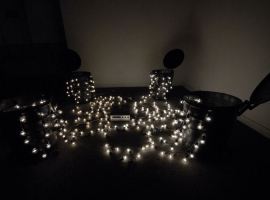
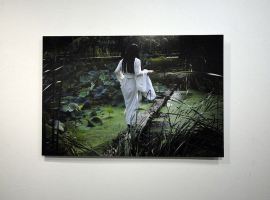
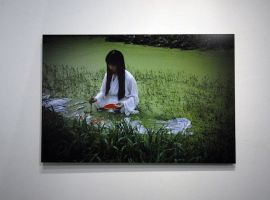
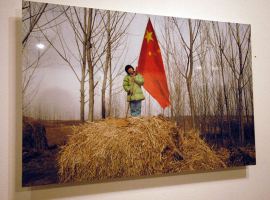
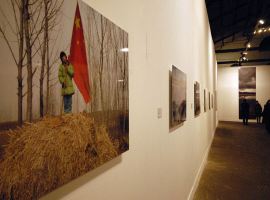
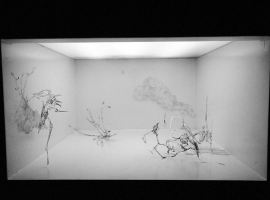
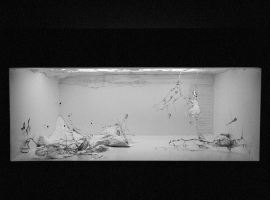
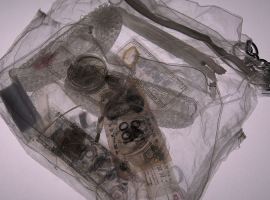
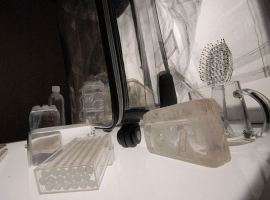
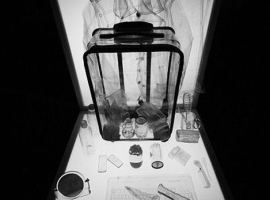
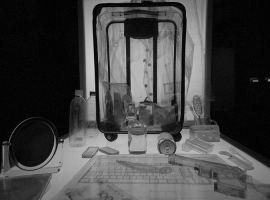
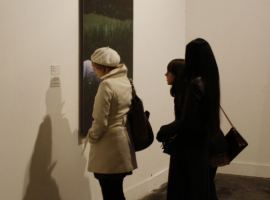
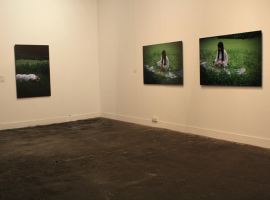
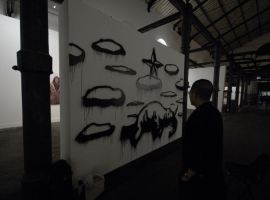
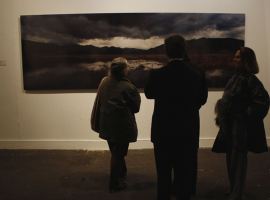
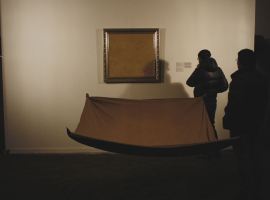
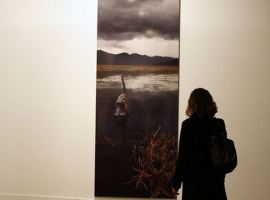
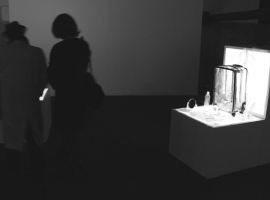
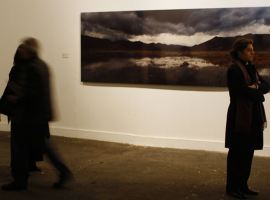
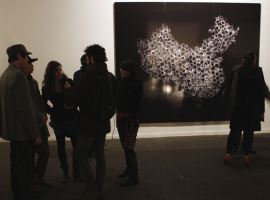

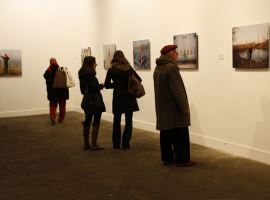
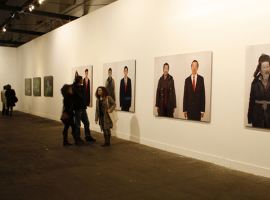
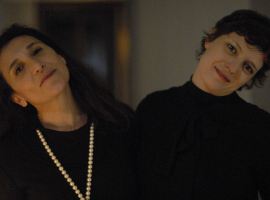
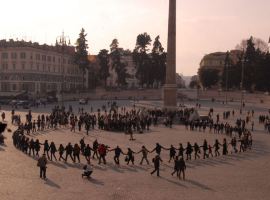
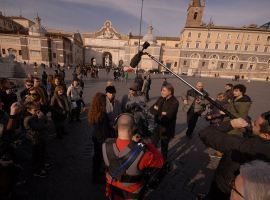
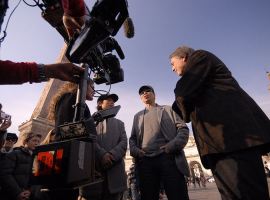
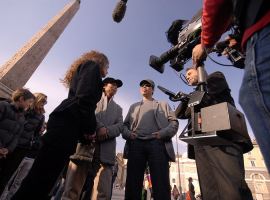
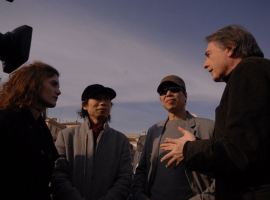
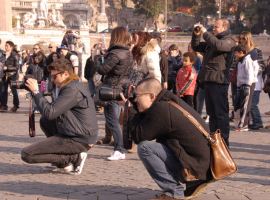
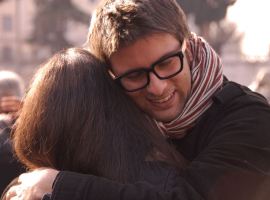
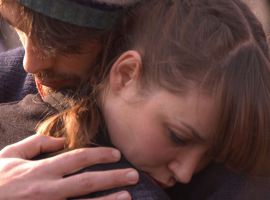
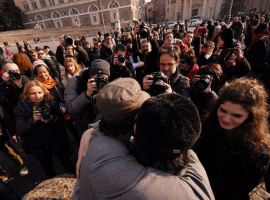
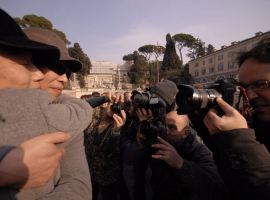
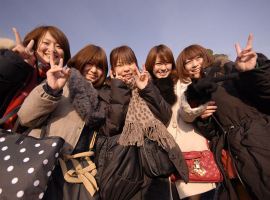
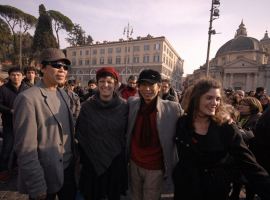
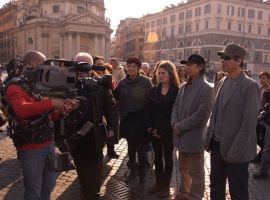

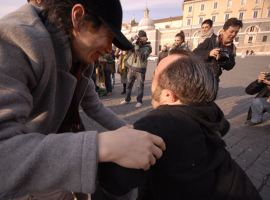
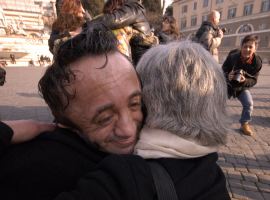
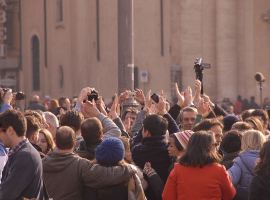
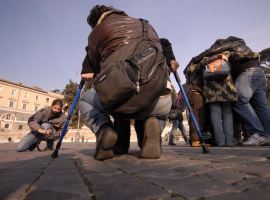
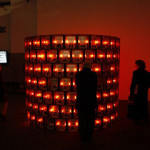 Previous Post
Previous Post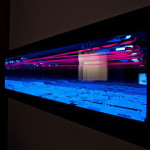 Next Post
Next Post